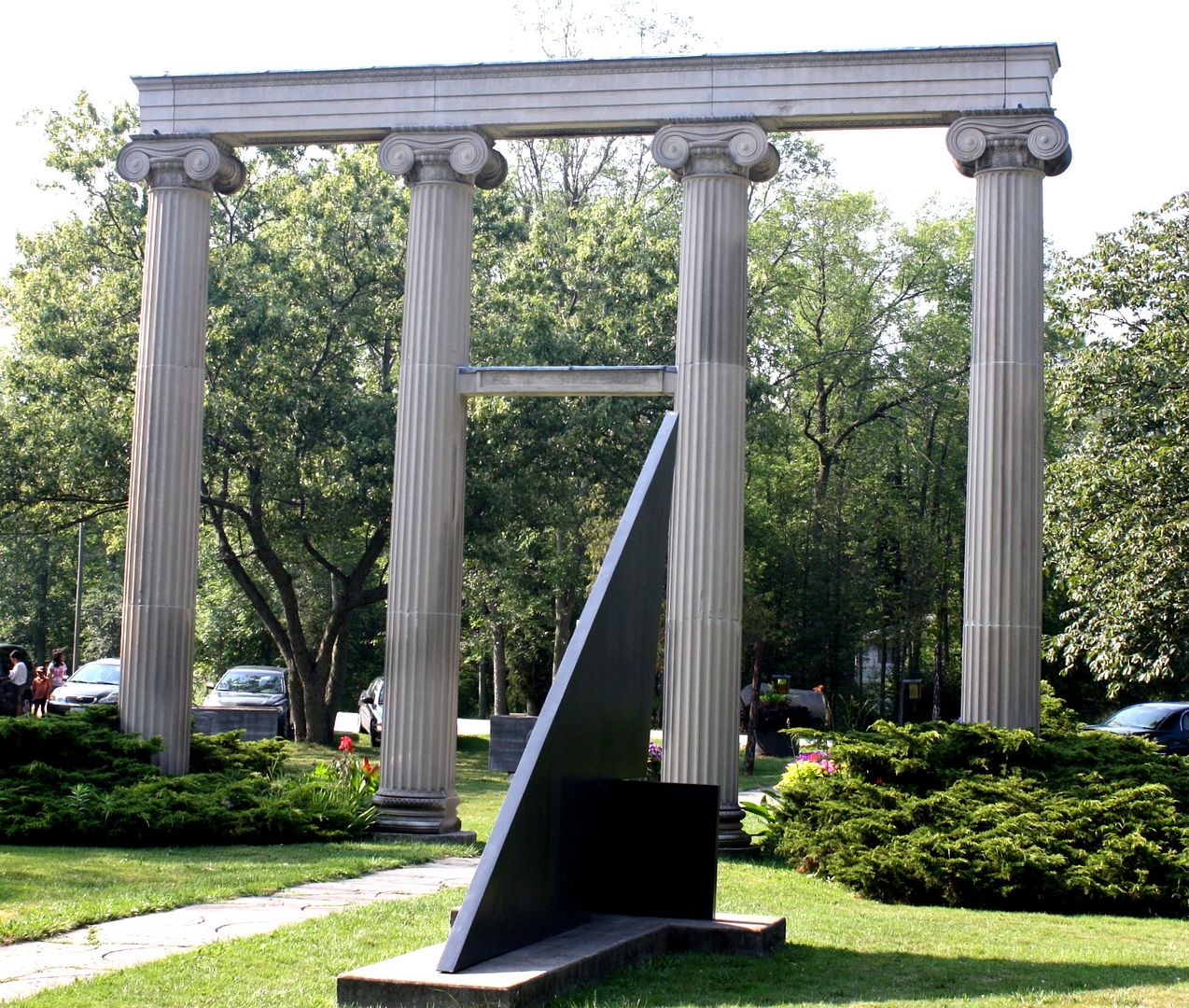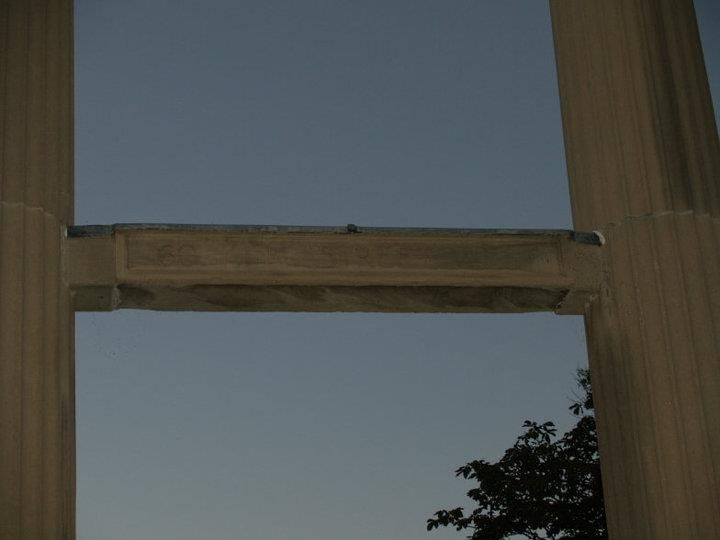AlbertHWagstaff
Senior Member
Does anyone else think it is odd that two substantial bank buildings were built on what isn't a substantial corner?
Well, there was the old auto factory (later the Planter nuts building) on the opposite side of the street, and the Weston bakery on the other corner. Add to that the Dupont streetcar looped around the Bank of Montreal (and then later on at the north-east corner) and I believe that Dupont St. narrowed to a residential-type street west of Christie so it was a busy commercial corner which also had a lot of potential bank customers cashing pay cheques.
















